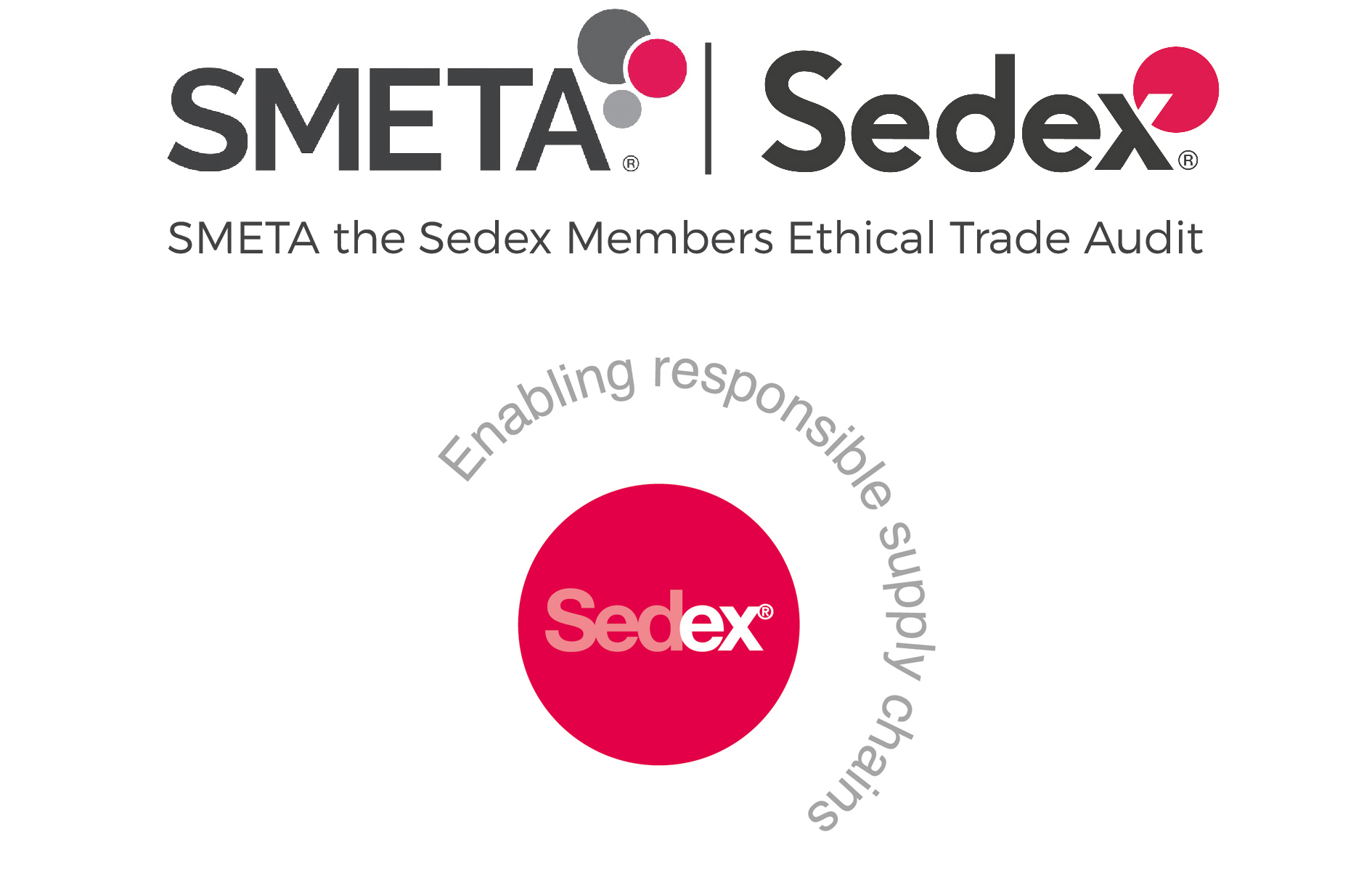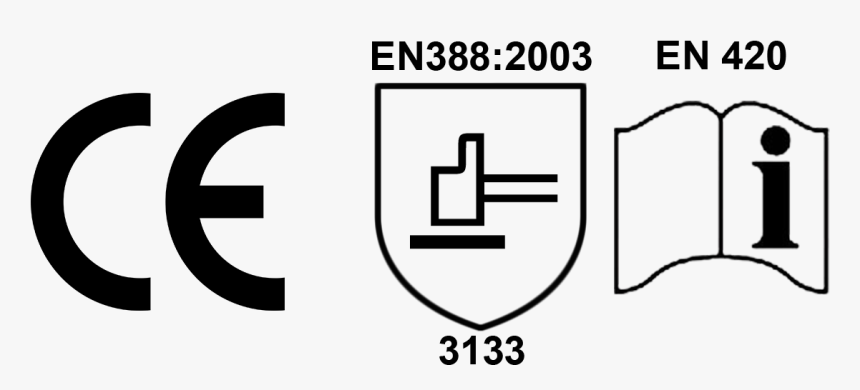Sedex is a global membership organisation that prides itself on simplifying trade for the benefit of all. Our work is focused on making it easier for our members to trade in a way that benefits everyone.
SMETA (Sedex Members Ethical Trade Audit) is an audit method to evaluate all aspects of responsible business practice in global supply chains. Specifically, the 4-pillar SMETA encom passes labour standards, health and safety, the environment, and business ethics.
European standards
EN ISO 21420 General requirements
The pictogram indicates that the user has to consult the Instructions of use.EN ISO 21420 lays out the general requirements of most types of protective gloves as: ergonomy, construction (PH neutrality: shall be greater than 3.5 and less than 9.5, amount of detec table chrome VI, less than 3mg/kg and no allergenic substances), electros tratic properties, innocuousness and comfort (size).
|
Glove size |
Minimal length (mm) |
|
6 |
220 |
|
7 |
230 |
|
8 |
240 |
|
9 |
250 |
|
10 |
260 |
|
11 |
270 |
Selection of the protective glove size according to hand length
EN 388 Protection against mechanical risks
The figures in the table for EN standards indicate results the gloves at tained in each test. The test values are given as a six-figure code. The higher figure is the better result.Abrasion resistance (0-4), Circular blade cut resistance (0-5), Tear resistance (0-4), Straight blade cut resistance (A-F) and impact resistance(Por no mark)
| TEST / PERFORMANCE LEVEL |
0 |
1 |
2 |
3 |
4 |
5 |
| a. Abrasion resistance (cycles) |
<100 |
100 |
500 |
2000 |
8000 |
- |
| b. Blade cut resistance (factor) |
<1.2 |
1.2 |
2.5 |
5.0 |
10.0 |
20.0 |
| c. Tear resistance (newton) |
<10 |
10 |
25 |
50 |
75 |
- |
| d. Puncture resistance (newton) |
<20 |
20 |
60 |
100 |
150 |
- |
| TEST / PERFORMANCE LEVEL |
A |
B |
C |
D |
E |
F |
| e. Straight blade cut resistance
(newton) |
2 |
5 |
10 |
15 |
22 |
30 |
| f. Impact resistance (5J) | Pass = P / Fail or not performed = No mark | |||||
Summary of the main changes vs EN 388:2003
- Abrasion: new abrasion paper will be used on the testing
- Impact: a new test method (fail: F or pass for areas claiming impact protection)
- Cut: new EN ISO 13997, also known as TDM-100 test method. Cut test will be graded with letter A to F for cut resistant glove
- A new marking with 6 performance levels
Why a new cut test method?
The Coup Test runs into problems when testing materials such as high-perfor mance fabrics based on materials glass fibre or stainless steel, all of which have a dulling effect on the blade. Consequently, the test can yield an inaccurate result, providing a cut level that is misleading as a truly indicative of the real cut resistance of the fabric. The TDM-100 test method is designed to better simulate real-world situations such as an accidental cut or slash.
For materials that are shown to dull the blade during an initial test sequence in the Coup Test, the new EN388:2016, will state EN ISO 13997 score. From level A to level F.
ISO 13997 Risk Segmentation
| A. Very low risk. | Multipurpose gloves. |
| B. Low to medium cut risk. | Most common applications in industries requiring medium cut resistance. |
| C. Medium to High cut risk. | Gloves suitable for specifics applications requiring medium to high cut resistance. |
| D. High risk. | Gloves suitable for very specific applications
requiring high cut resistance. |
| E & F. Specific applications and very high risk. | Very high risk and high exposure applications that demand ultra-high cut resistance. |
EN 511:2006 Protection against cold
This standard measures how well the glove can withstand both convective cold and contact cold. In addition, water permeation is tested after 30 minutes.
The performance levels are indicated with a number from 1 to 4 next to the pictogram, where 4 is the highest level.
Performance level
A. Protection against convective cold (0 to 4)
B. Protection against contact cold (0 to 4)
C. Water impermeability (0 or 1)
“0”: level 1 was not reached
“X”: test was not performed
EN 407:2020 Protection against heat
This standard regulates the minimum requirements and specific test methods for safety gloves in relation to thermal risks.The performance levels are indicated with a number from 1 to 4 next to the pictogram, where 4 is the highest level.
Performance level
A. Resistance to flammability (in seconds) (0 to 4)
B. Resistance to contact heat (0 to 4)
C. Resistance to convective heat (0 to 4)
D. Resistance to radiant heat (0 to 4)
E. Resistance to small splashes of molten metal (0 to 4)
F. Resistance to large splashes of molten metal (0 to 4)
“0”: level 1 was not reached “X”: test was not performed
EN 374-1:2016 Chemical protection
Chemicals can cause seriously harm for both the personal health and the environment. Two chemicals, each with known properties, can cause unexpected effects when they are mixed. This standard gives directives of how to test degradation and permeation for 18 chemicals but doesn’t reflect the actual duration of protection in the workplace and the differences between mixtures and pure chemicals.
Penetration
Chemicals can penetrate through holes and other defects in the glove material. To be approved as a chemical protection glove, the glove shall not leak water or air when tested according to penetration, EN374-2:2014.
Degradation
The glove material might be negatively affected by chemical contact.Degradation shall be determined according to EN374-4:2013 for each chemical. The degradation result, in percentage (%), shall be reported in the user instruction.
|
CODE |
Chemical |
Cas No. |
Class |
|
A |
Methanol |
67-56-1 |
Primary alcohol |
|
B |
Acetone |
67-64-1 |
Ketone |
|
C |
Acetonitrile |
75-05-8 |
Nitrile compound |
|
D |
Dichloromethane |
75-09-2 |
Chlorinated hydrocarbon |
|
E |
Carbon disulphide |
75-15-0 |
Sulphur containing organic coumpund |
|
F |
Toluene |
108-88-3 |
Aromatic hydrocarbon |
|
G |
Diethylamine |
109-89-7 |
Amine |
|
H |
Tetrahydrofuran |
109-99-9 |
Heterocyclic and ether compound |
|
I |
Ethyl acetate |
141-78-6 |
Ester |
|
J |
n-Heptane |
142-82-5 |
Saturated hydrocarbon |
|
K |
Sodium hydroxide 40% |
1310-73-2 |
Inorganic base |
|
L |
Sulphuric acid 96% |
7664-93-9 |
Inorganic mineral acid, oxidizing |
|
M |
Nitric acid 65% |
7697-37-2 |
Inorganic mineral acid, oxidizing |
|
N |
Acetic acid 99% |
64-19-7 |
Organic acid |
|
O |
Ammonium Hydroxide 25% |
1336-21-6 |
Organic base |
|
P |
Hydrogen peroxide 30% |
7722-84-1 |
Peroxide |
|
S |
Hydrofluoric acid 40% |
7664-39-3 |
Inorganic mineral acid |
|
T |
Formaldehyde 37% |
50-00-0 |
Aldehyde |
Permeation
The chemicals break through the glove material at a molecular level. The breakthrough time is here evaluated and the glove must withstand a breakthrough time of at least:
- Type A ‒ 30 minutes (level 2) against minimum 6 test chemicals
- Type B ‒ 30 minutes (level 2) against minimum 3 test chemicals
- Type C ‒ 10 minutes (level 1) against minimum 1 test chemical
EN 374-5:2016 Chemical protection
EN 375-5:2016 : terminology and performance requirements for micro-organisms risks. This standard defines the requirement for protective gloves against microbiological agents. For bacteria and fungi, a penetration test is required following the method described in EN 374-2:2014: air-leak and water-leak tests. For protection against viruses, compliance to ISO 16604:2004 (method B) standard is necessary. This leads to new marking on the packaging for gloves protecting against bacteria and fungi, and for gloves protecting against bacteria, fungi and viruse.
Post time: Feb-01-2023





